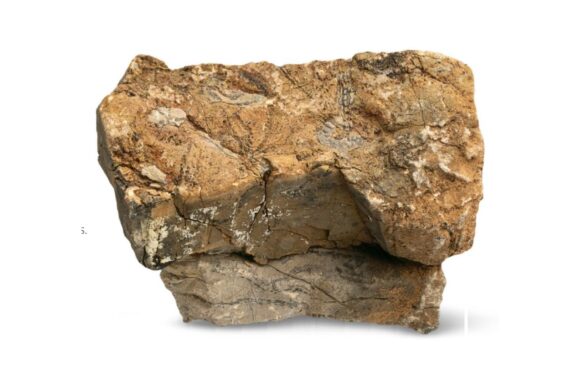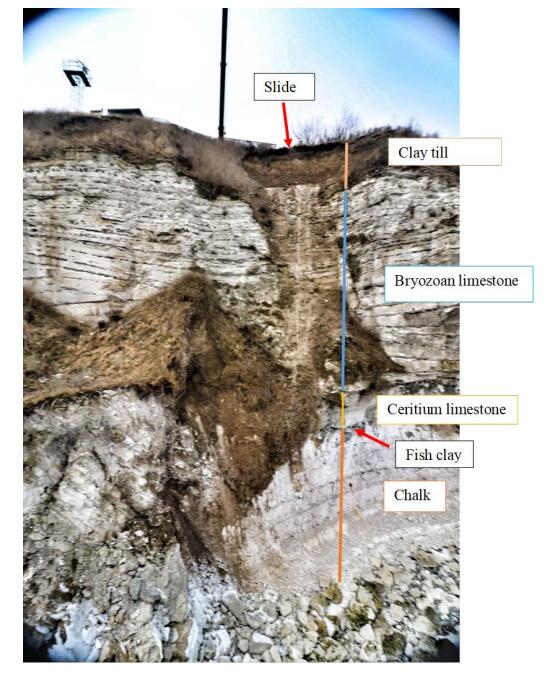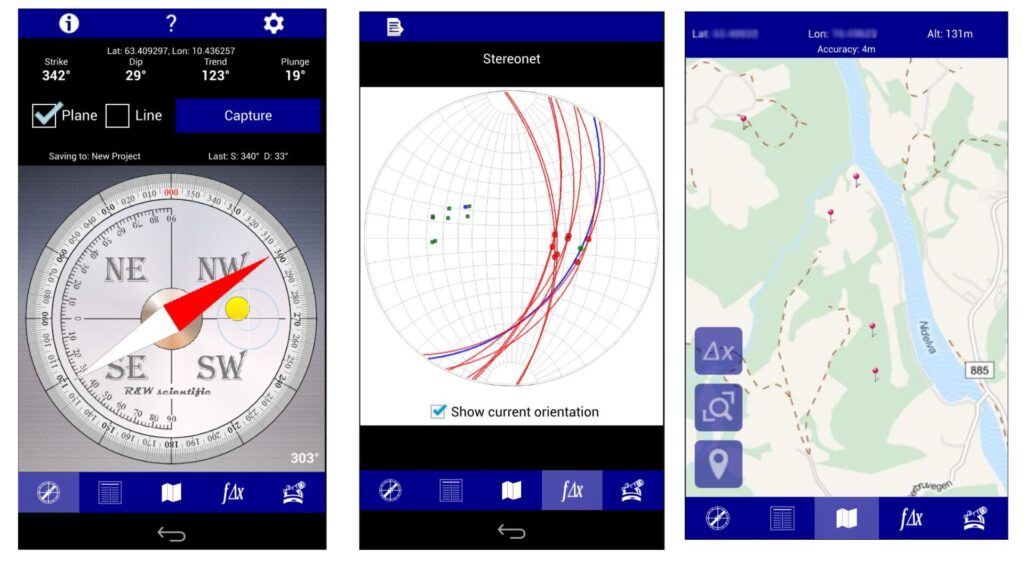Bryozoan Limestone

Introduction
In the realm of geology, few natural wonders can captivate the imagination quite like Bryozoan limestone. This remarkable rock formation boasts a unique composition and a fascinating history, making it a subject of profound interest among geologists and enthusiasts alike. In this comprehensive article, we will delve into the world of Bryozoan limestone, exploring its origins, distinctive features, and the intricate web of marine life it preserves. Join us on this geological journey as we uncover the secrets hidden within the depths of Bryozoan limestone.
What Is Bryozoan Limestone?
Bryozoan limestone is a geological treasure characterized by its exceptionally high calcite content. While it predominantly consists of calcite, this rock also contains a modest amount of detrital material, including quartz and clay. These additional elements can imbue the limestone with hues darker than the typical pale gray associated with purer limestone. What truly sets Bryozoan limestone apart, however, are the intricate netlike structures created by fossilized bryozoans, lending it a distinct identity in the world of sedimentary rocks.
| Group | Origin | Grain Size | Classification | Fossils | Grain Shape |
|---|---|---|---|---|---|
| Sedimentary | Marine | Fine | Organic | Invertebrates | Angular |

The Texture of Bryozoan Limestone
The matrix of Bryozoan limestone is comprised of fine-grained lime mud, resulting in an even and fine-textured appearance. This fine-grained texture is a key characteristic that distinguishes Bryozoan limestone from other geological formations.
Origin of Bryozoan Limestone
The genesis of Bryozoan limestone is intimately linked to marine environments. It commonly emerges within calcareous reef deposits, where bryozoans play a crucial role in binding the sediment mounds of these reefs. The presence of bryozoans, such as Fenestella, is a defining feature of Bryozoan limestone. However, these limestone formations are not limited to just bryozoans; they are also teeming with a diverse array of marine life, including mollusks, brachiopods, and various other marine invertebrates.
Understanding the Composition
To gain a deeper insight into the world of Bryozoan limestone, let’s explore its composition in more detail. This will help us appreciate the richness and complexity of this geological wonder.
Calcite Dominance
As previously mentioned, calcite is the primary constituent of Bryozoan limestone. Calcite is a calcium carbonate mineral, and its prevalence in this rock is what lends it its characteristic hardness and durability.
Detrital Materials
In addition to calcite, Bryozoan limestone contains a trace amount of detrital materials, namely quartz and clay. These detrital components are remnants of the geological processes that shaped this rock over millions of years. Their presence contributes to the rock’s unique coloration, giving it a darker appearance compared to purer limestone.
Formation of Bryozoan Limestone
The formation of Bryozoan limestone is a fascinating geological process that unfolds in marine environments, primarily within calcareous reef deposits. Let’s take a closer look at how these remarkable limestone formations come into existence.
Role of Bryozoans
Bryozoans, such as Fenestella, are the architects of Bryozoan limestone. These tiny, colonial, filter-feeding organisms play a pivotal role in creating the netlike structures that define the rock. As they grow and flourish, their calcium carbonate skeletons accumulate, gradually forming the intricate patterns that make Bryozoan limestone so visually captivating.
Marine Ecosystem Diversity
The reef environments where Bryozoan limestone originates are not solitary habitats; they are thriving ecosystems bustling with a multitude of marine life. These limestone formations are not just the handiwork of bryozoans; they also encapsulate the presence of various mollusks, brachiopods, and other marine invertebrates. The interplay of these diverse organisms contributes to the rich tapestry of life preserved within Bryozoan limestone.
Geological Significance
Bryozoan limestone holds immense geological significance, offering valuable insights into Earth’s history and past environments. Its composition, texture, and the wealth of fossilized organisms it harbors provide geologists with a wealth of information about the ancient seas and the conditions that prevailed during its formation.
Conclusion
In closing, Bryozoan limestone stands as a testament to the geological wonders of our planet. With its high calcite content, unique texture, and origins in marine environments, this rock formation is a captivating subject of study for geologists and a source of awe for anyone intrigued by Earth’s natural history. By understanding the composition and formation of Bryozoan limestone, we gain valuable insights into the ancient marine ecosystems that once thrived beneath the waves.
Read more on blog:

